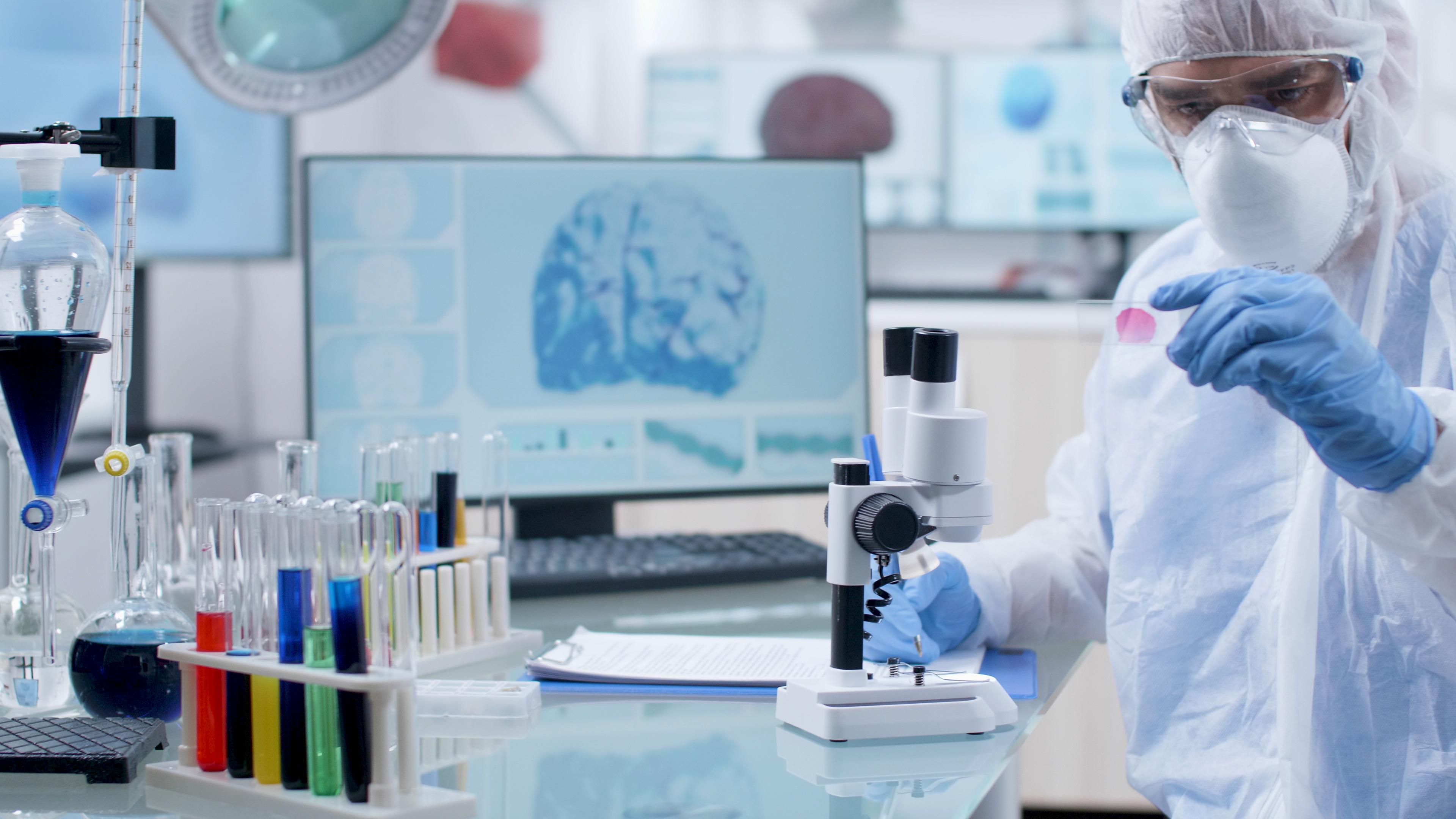Decoding the Language of Data: Biostatistics for Clinical Research

Clinical research, the tireless engine driving medical advancements, is a complex symphony of meticulous planning, rigorous execution, and data-driven analysis. While the spotlight often shines on the doctors, nurses, and researchers conducting the trials, there's an unsung hero silently orchestrating the data behind the scenes – biostatistics.
Clinical Research
World shrouded in medical mysteries, where diseases remain enigmatic and treatments are a gamble. This is the reality without clinical research. This rigorous process involves testing and evaluating new drugs, treatments, and medical procedures to ensure their safety and efficacy. From understanding disease mechanisms to designing effective interventions, clinical research is the bridge between scientific discovery and tangible improvements in healthcare.
Biostatistics: The Language of Data
But raw data, like a foreign language, needs translation to reveal its true meaning. Enter biostatistics, the Rosetta stone of clinical research. It's the specialized field that applies statistical methods to analyse and interpret the vast amount of data generated in clinical trials. From patient demographics and baseline characteristics to treatment responses and adverse events, biostatisticians meticulously sift through the data, extracting insights and drawing conclusions that drive medical progress.
Why Biostatistics Matters in Clinical Research
Biostatistics plays a pivotal role in ensuring the validity and reliability of clinical research, impacting every step of the process:
· Trial Design: Biostatisticians help determine the optimal sample size, randomization procedures, and data collection methods to ensure a robust and statistically sound study.
· Data Analysis: They employ sophisticated statistical techniques to analyses the data, identifying patterns, trends, and potential differences between treatment groups.
· Interpretation and Reporting: Biostatisticians translate complex statistical findings into clear and concise language, informing researchers, regulators, and ultimately, patients about the safety and efficacy of new interventions.
· Regulatory Compliance: Their expertise ensures adherence to strict data management and reporting guidelines established by regulatory agencies like the FDA.
The Role of Biostatistician
Biostatisticians are not simply data crunchers; they are strategic partners who contribute significantly to the success of clinical research. Their responsibilities include:
· Collaborating with researchers: Working closely with scientists and clinicians to understand the research question and design a statistically sound study.
· Developing data analysis plans: Choosing appropriate statistical methods to analyse the data and answer specific research questions.
· Performing statistical analyses: Implementing statistical tests and interpreting the results, identifying statistically significant findings.
· Communicating results: Presenting their findings in clear and concise reports, presentations, and publications for researchers, regulators, and the broader scientific community.
The Future scope of Biostatistics in a Changing Environment
The future scope of clinical research is brimming with exciting possibilities, and biostatistics will be at the forefront of this evolution. From harnessing the power of machine learning to analyse complex datasets to developing personalized medicine approaches based on individual genetic profiles, biostatistics will continue to play a crucial role in unlocking medical breakthroughs.
A Career in Biostatistics
For those seeking a challenging and rewarding career at the intersection of science and statistics, biostatistics offers a compelling path. With a strong foundation in mathematics, statistics, and computer programming, biostatisticians can make a tangible difference in the lives of countless individuals by ensuring the validity and reliability of the research that drives medical progress.
- Авто, мото
- Кейтеринг
- Досуг, развлечения
- Животные
- Красота, здоровье
- Образование, репетиторы
- Спорт и тренеры
- Строительство и ремонт
- Товары и магазины
- Туризм и отдых
- Финансы и страхование
- Литература
- Музыка
- История
- Политика
- Религия
- Искусство
- Кино
- Театр
- Хорошее здоровье
- Аксессуары
- Бизнес
- Разное


